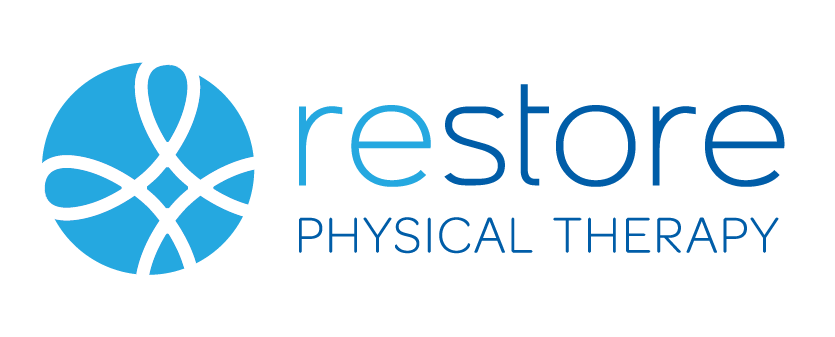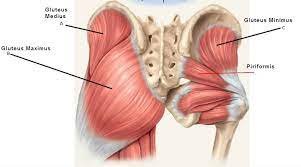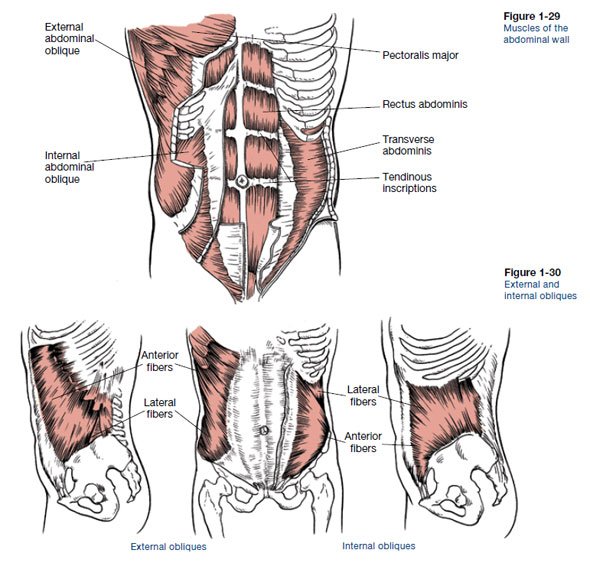Core Strength & Hip Mobility to Reduce Low Back Pain
If you have ever been to physical therapy for lower back pain, I’m sure they might have told you that you need to “work on your glutes and improve core stabilization” in order to feel better. Unfortunately, that is typically where education stops and rarely does the client stop and ask, why? Today we will take a deeper dive into this information and truly break down why it is important to focus on these areas to relieve lower back pain.
What is it about the hips?
Your hips are the main pivot point of the spine, with the sacrum acting as the keystone, connecting the spine to the lower extremities. When all things are moving and working appropriately, the glute muscles can be the driving force which moves the hips into extension, internal and external rotation. However, with weakness in the gluteus minimus/medius/maximus, occasionally the lumbar erectors will kick on to try and help the system. As a result, it is common for those muscles to spasm under too much of a load, thus causing significant lower back pain. Furthermore, the inflammation and swelling of those muscles can even affect the nerves which protrude from the spine, causing radicular symptoms (pain down the leg). By addressing hip strength and correcting faulty movement patterns from the hips, it will take the responsibility away from the lower back and allow the hips to bear most of the stress, as they were designed.
In some instances, tightness and weakness in opposing hip flexor & glute muscles can cause small rotations in the hips, which is referred to as sacro-iIiac (SI) dysfunction. Aside from mobilizations that can be performed to regulate & improve the movement capabilities of the SI joint, hip strengthening exercises will contribute to the recovery process by establishing a strong foundation for the body to move with.
Does core strength really help low back pain?
There is no amount of core strengthening that will ever be bad for your health. I have never said to a client “you know, if your core was just a little bit weaker, you would probably feel better!”. By improving the strength and stability of the core musculature, you can provide security throughout a wide range of spinal movements which would typically cause lower back pain. As we continue to advance and improve core stabilization, movements such as bending, lifting & twisting become less likely to cause muscle spasm because the core can subconsciously activate and support the spine throughout those movements.
The key with developing adequate core strength/stability is to establish a progressive program to safely build the entire system. This means we must focus on all four muscle groups (rectus abdominus, multifidi, obliques, transverse abdominus) to exercise in multiple planes of motion to maximize results.
How can I start to decrease lower back pain?
If you, or someone you know is suffering from lower back pain, getting an initial evaluation by the experts at Restore Physical Therapy is a great place to start. The doctors will take you through a thorough screening which involves an in-depth conversation about your injury & history, range of motion testing, movement pattern evaluation, strength testing and goal-setting to establish the perfect, individualized plan for your recovery. Click the button below to request an appointment now!
If you have dealt with pain in the past and are looking to continue improving so the pain never comes back, consider joining our Core Stabilization and Mobility Class, which begins on Tuesday, February 15th! This will be a 6-week program that safely progresses you through a core stabilization and hip mobility routine, including home exercise programs to continue your practice independently! Click the link below to register now!








